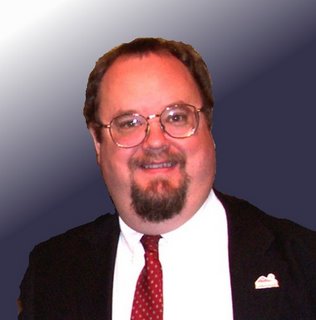THE BUG BOARD AND THE PUBLIC’S MONEY: LESSONS FOR CATHEDRAL CITY.
However, while my time as a Trustee may have been a casualty of small-town council politics, I can leave knowing that the fiscal accountability I tried to bring about at the Bug Board may finally be coming. The Board’s unanimous decision not to increase its benefit assessment (that’s a tax, people) was a result of the scrutiny the District has faced since the Desert Sun awakened to the financial hijinks that had been happening.
Unfortunately, the District has still gone on to approve a padded budget that does not reflect reality, but first things first. If the those who were able to convince the council majority to get me off the Bug Board thought they had shielded their friends in District management, they have been disappointed in their expectations.
MOroever, the council majority has apparently not got the message that the scrutiny that came the Bug Board’s way can, and should, come the City of Cathedral City’s way as well.
As stewards of the public’s money, we are accountable. We do not honor either that stewardship or that accountability when members of the council, in this case the mayor, take what amount to taxpayer funded junkets. Some have asked me whether I am prepared to back down from my criticism of the mayor’s receipt of nearly $1900 from the City for expenses for a so-called goodwill tour to New York. “After all,” they say, “it was in her travel budget.”
My rejoinder is simple.
What is in a budget is public money; it is not to be spent wastefully, unwisely, or unlawfully. California law has some of the strictest guidelines in the nation about how public money may be spent. It is not to be spent to cover a partner’s or a spouse’s travel expenses, as has apparently happened here. It is not to be spent unless the expenditure is “necessary.”
That money may be budgeted for travel does not mean it is a blank check to be spent as an officeholder desires. It is to be spent for legitimate and necessary public purposes. Now the mayor has said that she spent this nearly $1900 to accompany Cathedral City High School band members to hear them play in Carnegie Hall at Easter, 2007. What is interesting is that Mayor Pro Tem. Charles “Bud” England also traveled to New York. But Mr. England is a band parent, and he traveled at his own expense.
Therein lies the rub.
Now let’s be clear about something. My criticism of the mayor’s use of public funds is not a criticism of the band. Our high school band members are some of the most marvelously talented young artists it has been my good fortune to meet. For many of them, playing Carnegie Hall will be something they will tell their grandkids about, and I am tremendously proud of all of them.
However, part of growing up is learning that travel costs. The band members and their families -including the aforementioned Mr. England- had to travel at their own expense. Because no matter how special the opportunity to play Carnegie Hall may have been, California law -for better or for worse- still does not regard such a trip as “necessary” for the purposes of spending public money.
So, if the band members’ trip to New York did not constitute the kind of “necessary” travel that would justify spending public money, then neither can the mayor’s travel be so classified. Yet, the mayor chose to present nearly $1900 in reimbursement requests to the City, and the city did in fact reimburse her.
Something is seriously wrong with this picture.
Something is wrong when a majority of the council does not object to spending close to two grand to subsidize a “good-will tour” to New York, while it complains about other members' travel at public expense to Los Angeles on public business to participate in the public activities of official regional planning bodies. Our priorities are not in order when the mayor junkets to New York on a nonpublic purpose, but travel for a public purpose to Los Angeles is now off limits.
We should take a lesson from the continuing scrutiny of the Bug Board. Legitimate travel should never become a political football; unnecessary or unlawful travel should never happen at all.
MORE ABOUT THE BUG BOARD TO FOLLOW.

